Comprehending ISP Cameras and Improving Image Quality
Have you ever wondered why your photos sometimes appear clear and sharp, yet others turn out grainy or lackluster? One of the main reasons for this is something within your camera or phone known as an ISP camera. It's a tiny but vital component that greatly influences the way your pictures turn out. Whether you're using a smartphone, webcam, or digital camera, the ISP contributes to the shape of your final image. In this article, we'll describe what an ISP is, how it works, why it's important, and what you can do if your photos still don't look awesome.
Part 1: What Does ISP Stand for in Camera Technology?
ISP stands for Image Signal Processor. It's a tiny chip in your phone or camera. You can't see it, but it gets a lot of work done behind the scenes.
Here's what it does:
- While you take the picture, the sensor of the camera grabs unprocessed data-a lot of color and light.
- The ISP cameraalmost instantly converts this raw data to a visible photograph.
- It also corrects the color, manages brightness, does noise reduction, and makes the image sharper.
- It further aids in functions like HDR (High Dynamic Range) that makes up for dark areas and highlights within the picture.
Briefly, the ISP is what makes a plain shot more natural and clearer. It functions each time you capture an image or video, typically within one second or less.
Part 2: The Role of ISP in Making Photo Quality Better
The ISP camera impacts nearly all aspects of a photo. The following are the key ways in which it assists:
1. Noise Reduction
In dim light, pictures tend to appear grainy. This is referred to as "noise." A good ISP eliminates some of that grain without softening the picture too much. It maintains your pictures looking clean, even in the dark.
2. Auto Exposure and White Balance
Exposure determines how light your image is. White balance ensures colors appear natural-i.e., white objects are white, not yellow or blue. The ISP camera corrects these in real-time to suit your environment.
3. HDR and Dynamic Range
Have you ever tried to take a picture of a sunset in which the sky is too light or the ground is too dark? That's an issue of dynamic range. ISPs that support HDR can merge several shots into a single photo to level the shadows and highlights. The end result is a photo with more evenness in which you can notice detail in dark and light regions.
4. AI Scene Detection
Some newer ISPs come with AI features. They can detect what you're photographing-like food, people, pets, or landscapes-and adjust settings to match. This makes it easier for anyone to get better shots without needing to know camera settings.
5. Faster Processing
When you record burst shots (series of photos consecutively) or shoot video, the ISP assists in rapidly processing frames. This ensures you don't miss important moments and your video is smooth.
Part 3: When ISP Isn't Enough-Why Some Photos Still Look Off
Some photos still might not look quite right, even with a solid ISP. Here's why:
Basic Sensors Paired with Weak ISPs
Budget cameras or phones utilize lower-grade sensors. If the ISP camera is weak, it won't be able to correct everything in the raw data. So even with maximum processing, the image might look bad.
Old Devices
Old phones and cameras have older ISPs. They can lack today's features such as HDR, AI scene detection, or quick noise reduction. Compare an old phone camera to a newer one; the difference usually is in how well the ISP performs.
Low-Cost Webcams or Security Cameras
Certain webcams or domestic cameras employ the cheapest ISP chips. These are kept low-priced and might not fine-tune color or lighting as well. That's the reason why lots of webcam shots are flat, washed out, or noisy.
Tough Lighting
Even a good ISP camera can struggle with very bright or very dark lighting. If you're shooting into the sun or trying to take photos at night with little light, the ISP might not be able to balance things well. This can lead to blown-out highlights or dark shadows.
Part 4: Bonus Tip - How to Fix Photos If Your ISP is Weak
If your pictures tend to turn out blurry, dark, or noisy, it could be because your phone has a weak ISP camera. But the good news is that you can still edit those pictures afterwards. One such tool you can use is HitPaw FotorPea. This is an AI photo editor that can automatically correct most common problems such as poor lighting, washed-out colors, and low sharpness. You don't have to have any editing skills-simply upload the photo, select the feature you desire, and the tool does the rest.
Key Features of HitPaw FotorPea:
- Ultimate AI image enhancer for Windows and Mac, designed to elevate your photos with sharper details and vivid, true-to-life colors.
- Creative AI image generator that effortlessly transforms your text prompts into stunning, high-quality digital artwork.
- High-precision AI portrait generator that produces naturally beautiful and realistic portraits with incredible depth and character.
- Smart AI object remover that allows you to quickly erase unwanted elements from any photo while maintaining a flawless finish.
Steps to Use HitPaw FotorPea
Step 1: Download and Install HitPaw FotorPea
Head over to the official HitPaw FotorPea website or click the download button below. Download the installer and follow the instructions to set it up on your computer.
Step 2: Upload Your Photo
Launch the app after installation. Click "Enhance Photos Now" to upload your image. HitPaw FotorPea supports multiple formats, including PNG, JPEG, JPG, WEBP, and TIFF.
Tip: You can preview features using one of the sample photos provided.
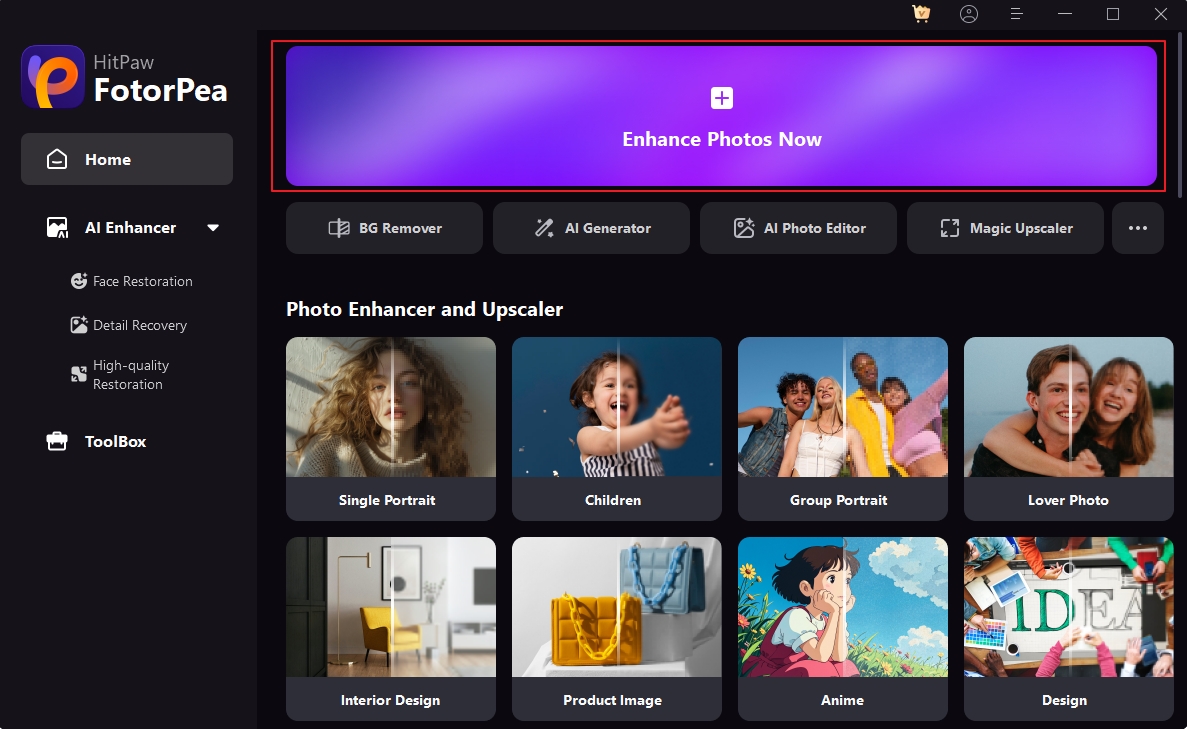
Step 3: Choose an AI Model
Once uploaded, hit Preview to let the AI process your image. Choose from 9 advanced models like Face, Denoise, Text, or Animation based on your image needs. Combine models to maximize results.
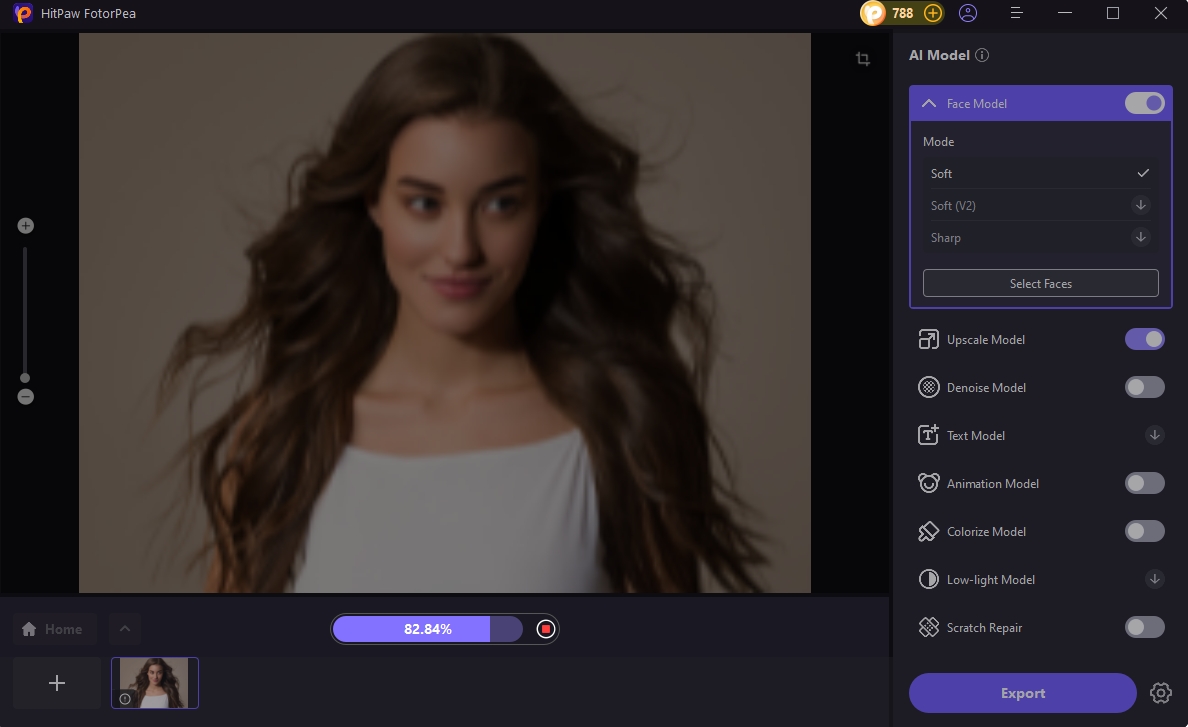
Step 4: Preview and Export
Review the improved image in real-time. When ready, click Export to save it to your device.
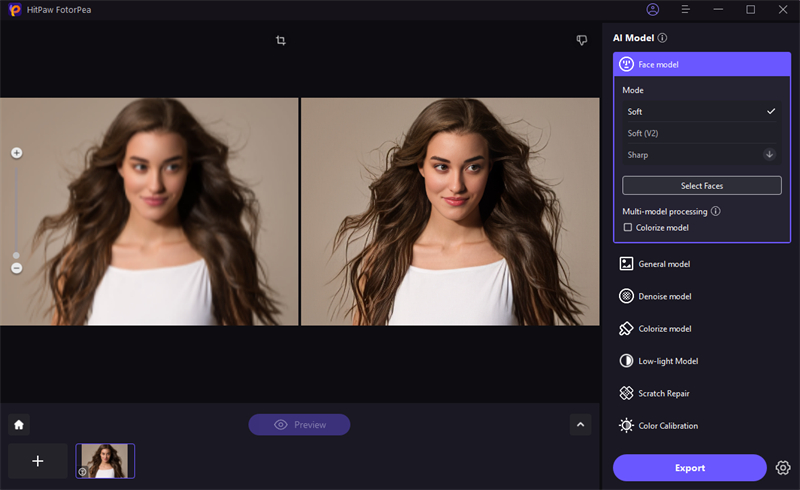
FAQs About ISP Cameras
Q1. Is ISP hardware or software?
A1. The ISP is a hardware chip but acts with software. It computes information from the sensor through built-in programs.
Q2. Can you upgrade the ISP in my phone or camera?
A2. No. Your device's main chip has the ISP integrated and cannot be upgraded or modified on its own. If you prefer a superior ISP camera, you need a new device.
Q3. Does an improved ISP translate to improved low-light performance?
A3. Yes, usually. A better ISP is able to manage noise and light better, particularly in dark areas. But the sensor plays a role too-both together to produce the end image.
Conclusion
The ISP camera, or Image Signal Processor, is the most critical component of your phone or camera when it comes to picture quality. It converts raw data into a visible photo and enhances such aspects as color, sharpness, and light. But not all ISPs are equal. If you are using an old phone or a low-end device, your ISP might not deliver the best outcomes. That is where software such as HitPaw FotorPea can assist. Using its intelligent AI capabilities, you can still enhance your photos and make them brighter and clearer.









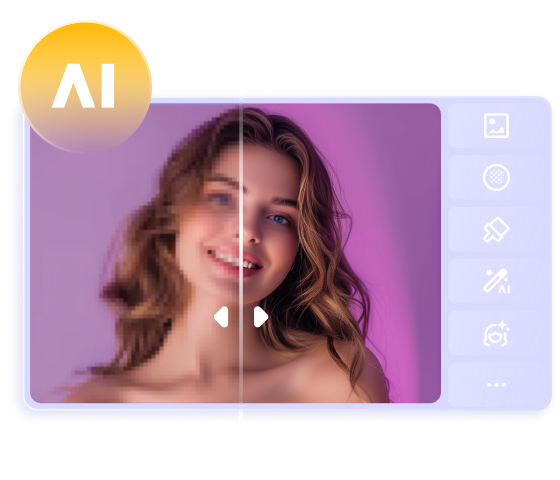
 HitPaw Univd (Video Converter)
HitPaw Univd (Video Converter) HitPaw VoicePea
HitPaw VoicePea  HitPaw VikPea (Video Enhancer)
HitPaw VikPea (Video Enhancer)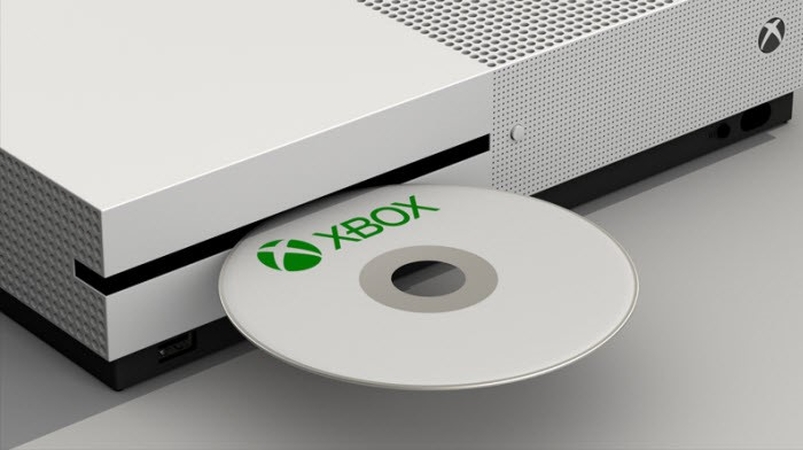



Share this article:
Select the product rating:
Daniel Walker
Editor-in-Chief
This post was written by Editor Daniel Walker whose passion lies in bridging the gap between cutting-edge technology and everyday creativity. The content he created inspires the audience to embrace digital tools confidently.
View all ArticlesLeave a Comment
Create your review for HitPaw articles